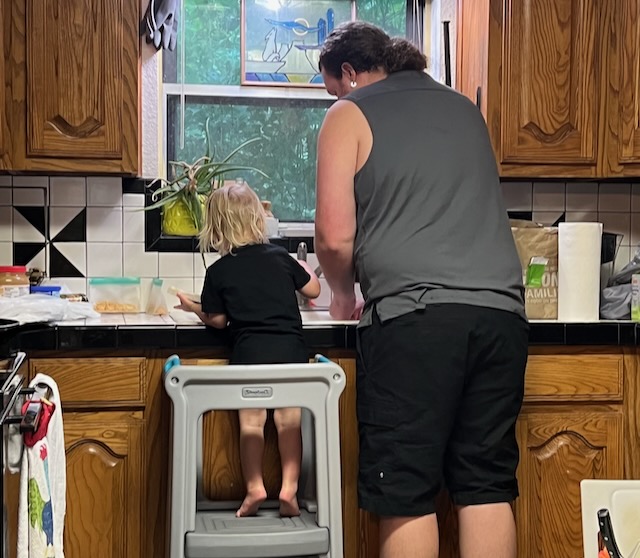When children begin to name and then recognize triggers for their emotions, good and bad, they are granted a new superpower. That superpower is self-control. Self-control is critical for development and is the basis for emotional maturity in adulthood. To help children on their path to emotional maturity we are launching the emotion project soon. While our high level goal is to get children thinking about the connections between their actions and emotions, we have a series of long-term goals in mind that will probably align quite well with you as parents. These goals are:
– Make it easier for children to build healthy relationships. Emotionally mature people are able to communicate better, empathize with others, and recognize and apologize when they are wrong. In short – they are easier to get along with.
– Make children healthier. The self-control that comes from being able to manipulate our own emotions includes the ability to say no to things that aren’t good for us. Whether it is bad food, alcohol, or drugs – no is the right answer.
– Help children develop habits that lead to success in life. We aren’t defining success in monetary terms here (though that may end up being the case). We are defining success as happiness that comes from self-satisfaction.
– Help children avoid negatives. Negative emotions frequently produce negative actions. As a rule, negative actions do not result in positive consequences.
– Assist children in discovering that they have some control over their lives. This is relatively self-explanatory. A level head allows us to see things in a clearer fashion which helps us make better decisions. This in turn produces more desirable outcomes. All from controlling the trigger that emotions can pull.
As parents there is a lot you can do, but at the simplest level we suggest the following.
– Encourage your children to talk about their emotions and feelings. This doesn’t always work in the heat of the moment, but it is okay to let things settle down before opening a dialogue. Reassuring your children that negative emotions are a part of all of us, but that we don’t have to allow them to control us is a great way to help them grow. And not all emotions you want to talk about are bad. It is more than okay to celebrate the happy moments and help your child talk through what it is that led them to be happy.
– Practice handling emotions. There are all sorts of ways to teach proper responses to a variety of emotions. Role playing, making faces, and even flash cards with pictures can be used to bring an emotion up. Turn it into a game by challenging children to demonstrate ways to squash the bad emotions or promote the good ones.
– Explain feelings in an age appropriate way. Young children will not recognize more complex emotions, but happy, sad, mad, and excited can be picked up on by even the youngest toddlers. So when explaining how YOU feel about something they did, make sure you are doing so in a way that sticks and not with words that go over their heads.
This is the first year we are trying out the emotion project and associated activities. We will have some fun artifacts from our attempt, so if you are a Greystone House parent, be sure to log onto the website when we are done and take a peek.





